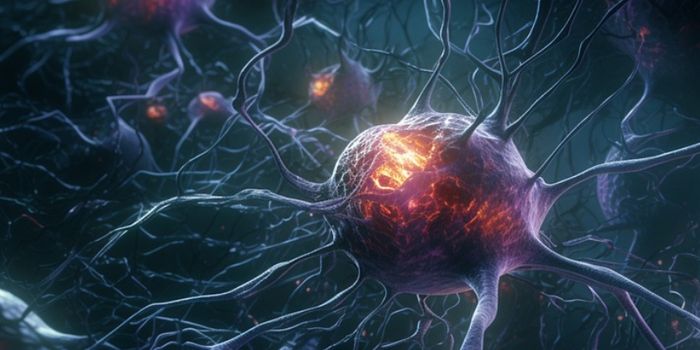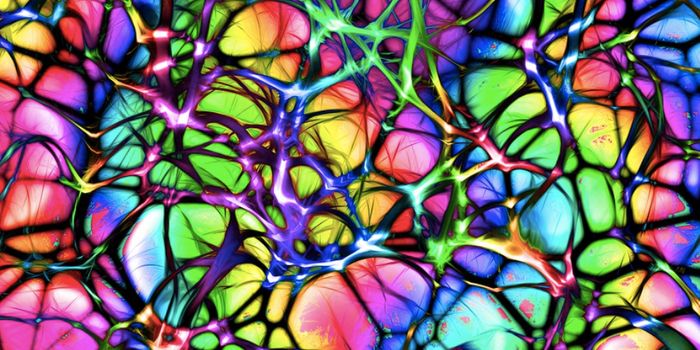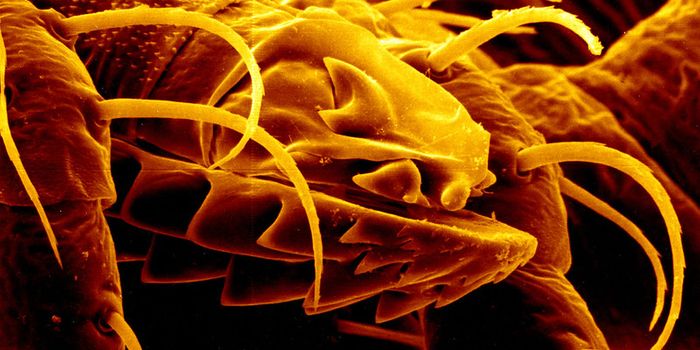Being alone isn’t the same thing as being lonely. Many people who enjoy being alone don't grapple with loneliness. When a person suffers loneliness, they feel disconnected and experience perceived social isolation.
Perceived social isolation is a proven risk factor for chronic illness and mortality. Yet, scientists had not previously understood why.
Now, a new study reveals the molecular mechanisms behind loneliness leading to illness. Researchers led by psychologist John Cacioppo found that loneliness leads to higher levels of the fight-or-flight neurotransmitter, norepinephrine, which affects the production white blood cells. The study was published on November 23 in Proceedings of the National Academy of Sciences.
Cacioppo previously found that the immune system becomes less effective in lonely people over time. The study showed perceived social isolation evoked a "conserved transcriptional response to adversity" (CTRA). The gene expression CTRA is identified by two significant changes: There is an increased expression of genes involved in inflammation and a decreased expression of genes involved in the immune system.
In his new study, Cacioppo and his research team wanted to see if perceived social isolation causes white blood cells to activate CTRA gene expression. They tracked a sample of 141 older adults from the Chicago Health, Aging, and Social Relations Study. The scientists analyzed white blood cell transcriptome surveys for each participant during study years 5, 7, 8, 9, and 10. In total, they analyzed 412 surveys. The data indicated that loneliness predicted CTRA gene expression measured a year or more later. What’s more surprising - CTRA expression predicted loneliness measured a year or more later.
This suggests that loneliness and CTRA gene expression have a reciprocal relationship. The reciprocal relationship between loneliness and CTRA gene expression could mean CTRA propagates loneliness and contributes to its related diseases.
The research team then looked at the cellular processes in socially isolated rhesus macaque monkeys. They chose rhesus macaque monkeys because they are a highly social primate species. The scientists established a standard to distinguish monkeys who were lonely versus controls (social monkeys). Like the lonely humans, CTRA gene expression was increased and there were higher levels of norepinephrine. Norepinephrine can stimulate blood stem cells in bone marrow to make more of a particular kind of immune cells. These immune cells, called immature monocytes, show high levels of inflammatory gene expression and low levels of antiviral gene expression. Thus, there was an increase in CTRA gene expression due to the greater output of immature monocytes.
To test the physiological effects, the researchers exposed the animals to the monkey version of HIV, called SIV. The virus grew faster in the brain and blood of the lonely monkeys versus the controls.
The data suggests loneliness causes increased levels of norepinephrine, which in turn increases the production of immature monocytes, which causes CTRA gene expression.
Like an illness, loneliness needs to be managed. It’s not just a feeling. The team plans to continue research on loneliness and how the effects of loneliness can be prevented in the elderly.
Sources: PDF of study via
University of Chicago,
Press Release via
EurekAlert!,
Medical Daily


















































